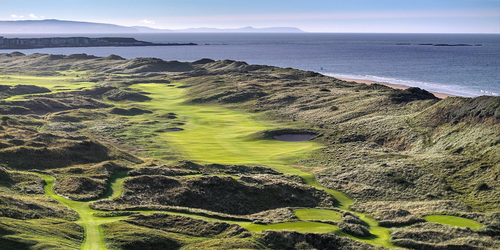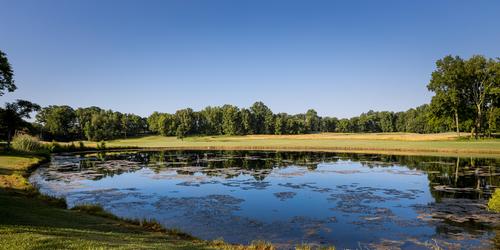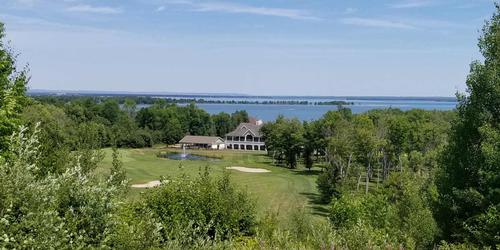Golf Trips Articles
No part of this section or any article can be republished without the consent of GolfTrips.com. Learn how to writing/contributing articles, review guidelines.
Browse All Articles || Browse By Topic || Browse By Contributor
Featured Article
Courses and Travel
Article
Play the home of The Open - Royal Portrush Golf ClubBook Northern Ireland Golf Package for 2026
Article
THE OMNI HOMESTEAD RESORT & SPA RECOGNIZED WITH CONDÉ NAST TRAVELER'S 2025 READERS' CHOICE AWARD "#3 IN BEST RESORTS IN THE SOUTHThe World's Best Hotels, Cruises, Countries, Cities, Resorts, Trains, Airlines, Airports, Spas, Islands and Luggage
Article
THE OMNI HOMESTEAD RESORT & SPA RECOGNIZED WITH CONDÉ NAST TRAVELER'S 2025 READERS' CHOICE AWARD �#3 IN BEST RESORTS IN THE SOUTH�The World's Best Hotels, Cruises, Countries, Cities, Resorts, Trains, Airlines, Airports, Spas, Islands and Luggage
Golf Industry Interviews
Article
Bear Trace Tims FordAn Insightful Interview With Jared Melson, General Manager / Head Golf Professional
Article
Interview With Keith Hickman Golf Professional/Manager Tennessee Golf Trail @ Paris LandingA Light Hearted Golf Q & A Interview
Article
What You Need To Know: The Oaks Golf Course at Margaritaville Lake Resort, Lake of the OzarksAn Insightful Interview With Paul Leahy, Director Of Golf
Article
What You Need To Know: Wild Bluff Golf CourseAn Insightful Interview With Matt Phipps, Director of Golf
Golf Product Overviews
Other Great Articles
Article
Play the home of The Open - Royal Portrush Golf ClubBook Northern Ireland Golf Package for 2026
Article
THE OMNI HOMESTEAD RESORT & SPA RECOGNIZED WITH CONDÉ NAST TRAVELER'S 2025 READERS' CHOICE AWARD "#3 IN BEST RESORTS IN THE SOUTHThe World's Best Hotels, Cruises, Countries, Cities, Resorts, Trains, Airlines, Airports, Spas, Islands and Luggage
Article
THE OMNI HOMESTEAD RESORT & SPA RECOGNIZED WITH CONDÉ NAST TRAVELER'S 2025 READERS' CHOICE AWARD �#3 IN BEST RESORTS IN THE SOUTH�The World's Best Hotels, Cruises, Countries, Cities, Resorts, Trains, Airlines, Airports, Spas, Islands and Luggage


























